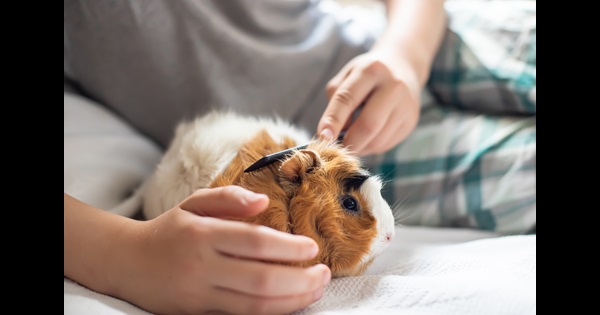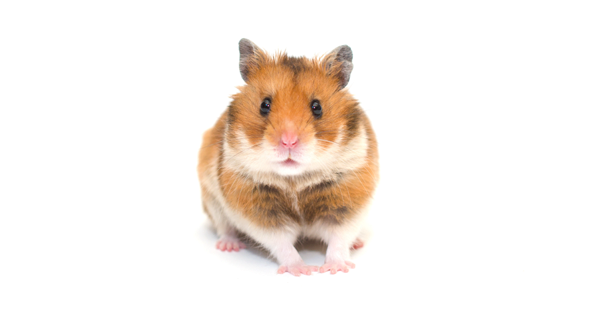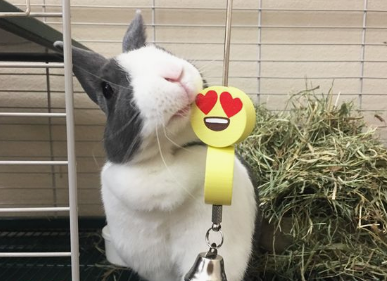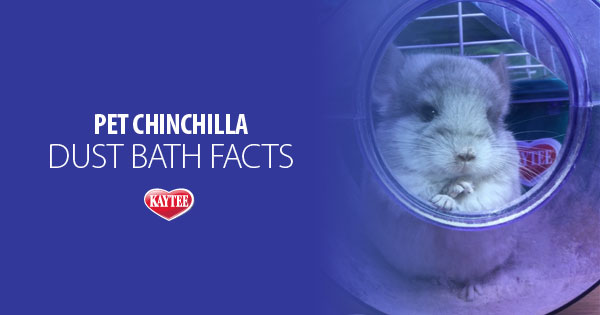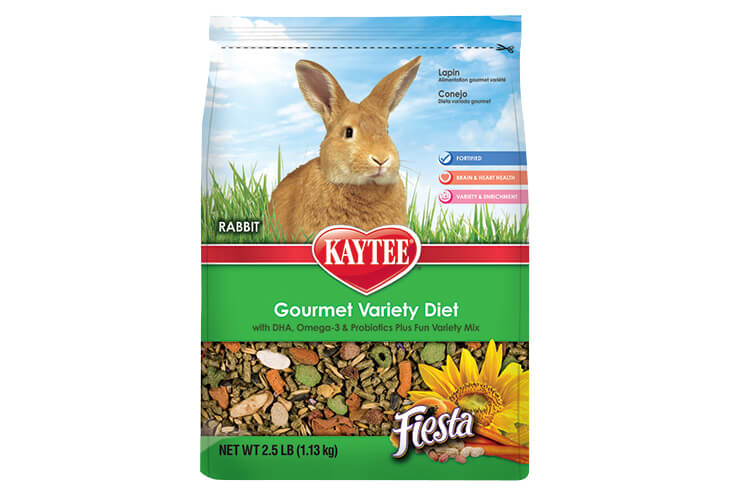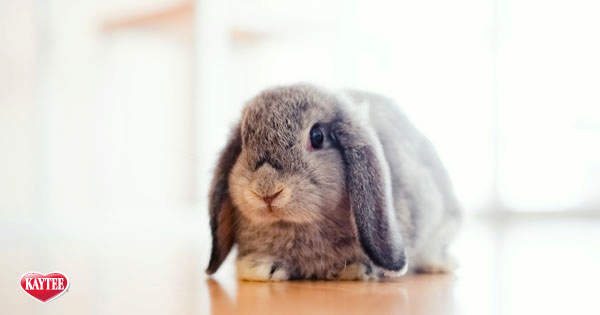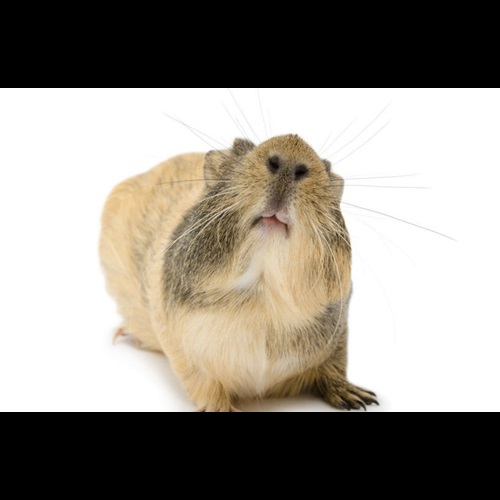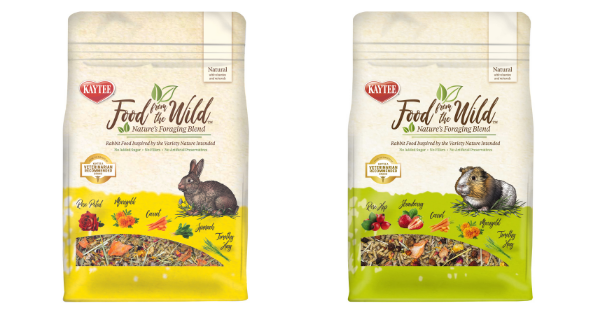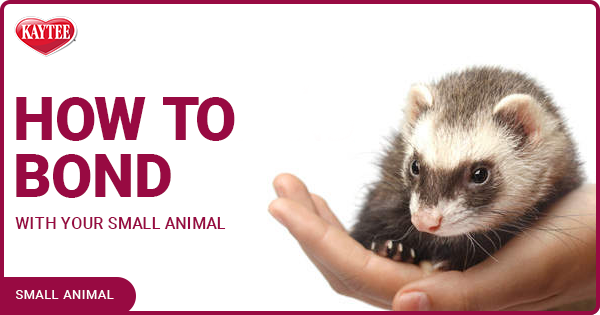Tips for Pet-Proofing Your House
Your pet is a furry friend, living in a human home. It’s important to keep them in mind when decorating your house or cleaning, especially during out of habitat time. Little things you wouldn’t normally think about could have an impact on your pet’s health can be easy to fix and safer for the whole family.
Different animals each have unique characteristics, making it hard to call any home completely “pet-proof,” but using these tips can help keep your small animal safe, healthy, and happy.
Electric Cords
Exposed cords can be a potential danger to small animals. Guinea pigs, rabbits, and rats naturally like chewing and exploring with their teeth. When they are out of their habitat, keep a close eye on your pets to make sure they don’t escape to a room that has exposed cords. Even better, eliminate exposed cords from the floor or cover them to prevent little critters from chewing down to a live wire.Air Ducts, Small Holes, or Tight Crevices
Small animals like gerbils, hamsters, rats, and mice can quickly run into tight areas or through a hole. It can be hard to retrieve your pet from these small spaces and they risk getting stuck without food or water. To keep small pets safe when they are out of their habitat, keep them in an enclosed space that has no risk of them burrowing into an air duct or crawling behind a refrigerator. One way to do this is with playpen fencing. This allows critters to roam free within the limits you set, knowing they will be safe and happy.Temperature
Even though you might not be home for a couple hours, letting your air conditioning or heat turn off could be a health risk to pets. Your pets will be living in the temperature of whatever you keep set on the thermostat. Keep your home comfortable for your small animal to ensure they stay in good health.
The location of your pet’s habitat is also important in maintaining a healthy temperature. Keep the habitat away from heat or air conditioning vents. These areas can make your pet too hot or cold. Also, place the cage away from drafty windows or doors.
Air Quality
Toxic fumes like carbon monoxide are obvious dangers. But other issues like fragrant candles, aerosol spray, smoke, and burning food onto a Teflon pan can cause health problems with pet birds. Keep the air in your home clean and free of toxins to ensure a healthy environment for your pet.Other Pets or Children
Dogs and cats can pose a threat to small pets. It’s best to keep all pets separated unless they have been slowly introduced with full supervision. Small children also pose a risk if they are learning to walk, not yet coordinated enough to hold animals, or are unaware of the animal being out of its habitat. It’s best to avoid any risks by keeping animals in their habitat when others are around, or placing them in their own space with the whole family aware to keep an eye on the ground.
The best technique for keeping your pets safe is by watching them closely if they are ever out of their habitats. Their habitats are a safe place that they call home, but giving them time and space to roam is enriching.
For more pet parent tips, follow us on social media and visit our blog.
